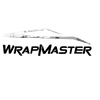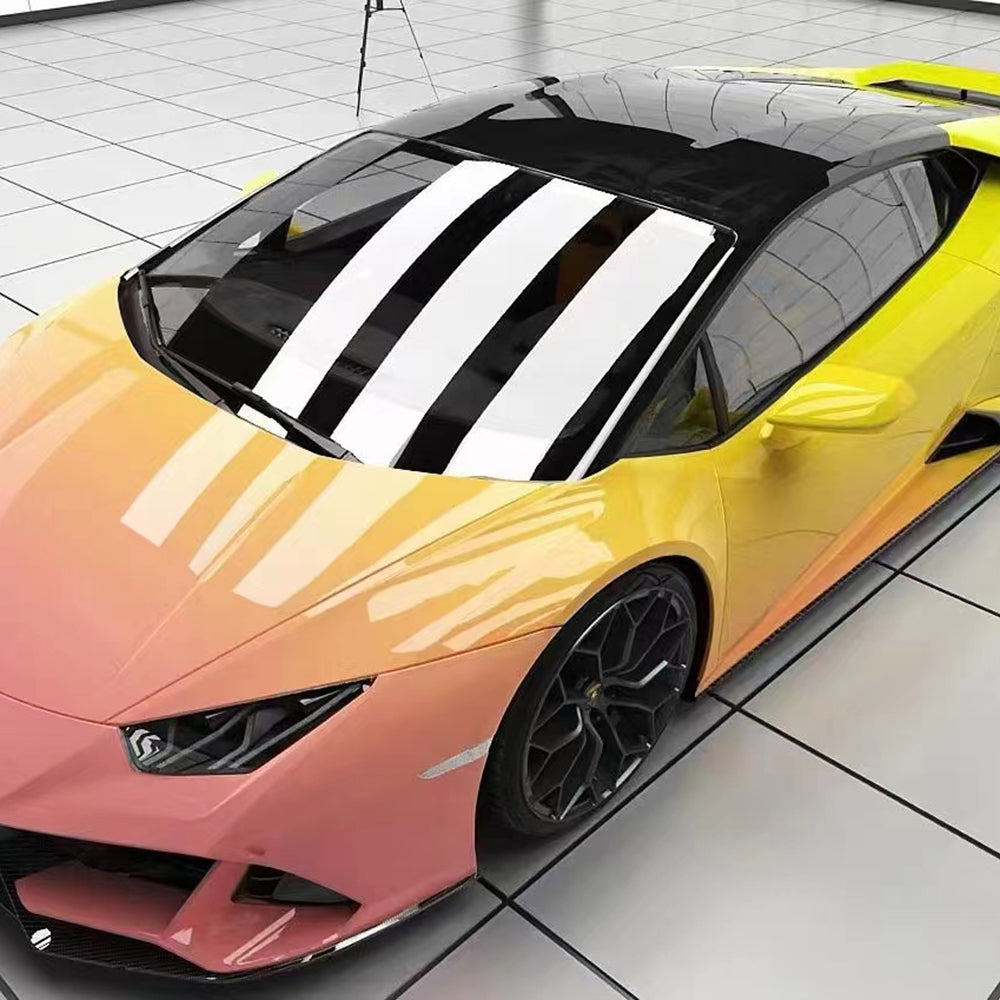How to wrap a car with Wrapmaster car wraps (www.wrapteck.com)
PART ONE:
Pre-Installation Cleaning Products & Tools
Grease and wax remover
General Paint-safe Cleaner
Isopropyl Alcohol (IPA)
Lint-Free Towel or Lint-Free Paper Towel
Squeegee Sharp Blade Heat Gun Wrap Gloves
Surfaces with any grease, oil, or wax greatly reduce film adhesion and may form bubbles on neglected areas. To remove these contaminants, we recommend using a grease and wax cleaner. Alcohol-based cleaners, such as isopropyl alcohol may be used but is not as effective at removing wax in comparison to solvent-based cleaners. Alcohol is best used for spot cleaning and a quick wipe-down.
Proceed to apply the film as soon as possible to reduce the amount of dust and contaminants that may accumulate on the surface over time
PRE-WRAP PREP
CLEANING AND SURFACE PREP FOR MAXIMUM PERFORMANCE
PART TWO: Installation Application Products & Tools
Squeegee w/ felt tip
Heat gun
Utility knife
Cotton gloves
Masking tape
Tape measure
Infrared thermometer (optional)
Plan your method of attack. We recommend applying the film to flatter areas first, just because these tend to be simpler and more convenient to get out of the way.
Check to make sure there is nothing hindering your application, such as logos, hood ornaments, and other bulky objects that won’t be wrapped. We recommend researching how these objects stick to the car and the best method of removal.
Using your tape measure, roughly measure the surface of the panel you are applying to, leaving extra material (at least 4-6 inches) on either side.
Unroll the desired amount of film and cut using a utility knife. Try not to unroll or place the film on the floor, as this will leave dust and debris on the film, causing scratches when applying with a squeegee.
With someone helping you, carefully remove the backing paper while applying some tension to the film, so that fewer creases appear. Have that person help you position the vinyl and drape the film over the panel. At this point, ensure that the entire panel is covered without any edges of the panel exposed.
When placing vinyl on moderately curved surfaces, carefully reposition the vinyl in order to create tension over the entire surface.
Standard Films (Dry Application Method)
Applying vinyl takes practice, skill, and most of all patience. For large projects, like vehicle wrap installations, we recommend having a second set of hands.
Visually identify the center of the panel. This will be your starting point.
CURVED SURFACES DEALING WITH CONFORMING AND WRINKLES
On curved surfaces, you will inevitably encounter some folds or creases in the film. Reposition the film with tension to avoid creasing when installing.
When needed, heat the film to soften and conform it to the shape.
Edges:
Edges refer to the space between two panels of the surface. For example: on a car, it would refer to the space between the front door and a fender.
To prepare this area, gently heat the space between the two panels and run your finger down the gap while wearing cotton gloves. This will help cure the adhesive over the edges of the gap and will also help conceal the surface beneath. Continue this process overall seams on the surface.
DETAILING
Corners, edges, and finishing detail.
Cutting:
Cutting requires a sharp blade or you will risk tearing the vinyl as appose to slicing it. Cutting takes very steady hands and intricacy or you may run the risk of cutting the surface and damaging it.
Edge: When cutting the edge of a panel, it is paramount that this cut is clean and precise. When cutting, a 2-3mm margin is required for folding around an edge for a paint-like look (pictured below).
Proper edges and corners
Corners:
For rounded or sharp edge corners, heat the vinyl until malleable and push the film deep in the corner crevice. A moderate amount of heat should be used on the corner in order to fuse the area. Do not cut when film is still hot. Just like the edges, a clean cut should be made, make sure material is flush and installed without flaps and creasing.
Cutting on paint:
Cutting on paint is scary but there is a way of doing it. It takes skill, patience and a really sharp blade! Gently glide the blade over the film soft enough that you do not cut through the film but rather crease the surface of the film. This crease will allow you to pull away from the l and making clean cuts without damaging the paint beneath.
Post Heating:
Wrapmaster 20series generation of vinyl is mainly heat activated. Basically, our films are designed to be easily repositionable (low tack) before the vinyl is heated and adheres firmly (high tack) after the vinyl is heated.
When heating, you may encounter a bubble or two, simply use a pin or sharp edge, pop and remove the air with your finger.

